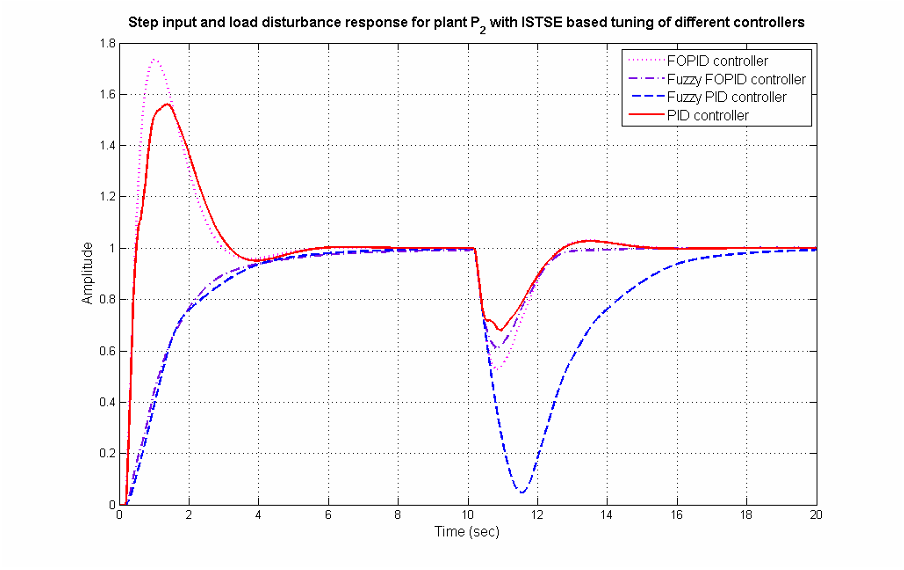Q2. What future works have the authors mentioned in the paper "A novel fractional order fuzzy pid controller and its optimal time domain tuning based on integral performance indices" ?
More stringent multi-objective optimization criteria may be imposed on the controller tuning algorithm to achieve effective results under different circumstances as a scope of future work.
Q3. Why is it important to restrict the input scaling factors to unity?
Restricting the input scaling factors to unity is to ensure that the fuzzy inference is always between the designed universe of discourse.
Q4. What is the process of generating a population of solution vectors?
Each solution vector in the present population undergoes reproduction, crossover and mutation stochastically, in each generation, to produce a better population of solution vectors (in terms of fitness values) in the next generation.
Q5. What is the preferred method for the tuning of controllers?
Thus time domain tuning is the preferred method for the tuning of such controllers which works well for a wide variety of processes.
Q6. How many independent runs were carried out to show the consistency of the GA based controller tuning algorithm?
30 independent runs (with different seeds for random number generation) were carried out to show the consistency of the GA based controller tuning algorithm.
Q7. How did Cai, Pan & Du tune a PI D controller?
Pan & Du [15] tuned a PI Dλ μ controller by minimizing the ITAE criteria using multi-parent crossover evolutionary algorithm.
Q8. What is the effect of change in output scaling factor on the controller performance?
Also for fuzzy enhanced PID controllers it is well known [4] that change in output scaling factor for example has more effect on the controller performance than changes in the membership functions or fuzzification-inferencing-defuzzification mechanism.
Q9. What is the proposed family of time domain integral performance indices based tuning technique?
The proposed family of time domain integral performance indices based tuning technique is especially needed for processes, governed by highly nonlinear differential equations and not mere linear systems with actuator nonlinearities, commonly encountered in process controls.
Q10. What are the different time domain integral performance indices?
Various time domain integral performance indices like ITAE, ITSE, ISTES and ISTSE are considered in the problem similar to that in [43].
Q11. What is the definition of the elite count?
The number of fittest individuals (solution vectors) that will definitely be self replicated to the next generation is denoted in the algorithm by a parameter called the elite count.
Q12. What is the effect of different levels of positive control signal on the process output?
Hence different levels of positive control signal isrequired for different combinations of and e d e dtμμ , to reverse the course of the processoutput and make it tend towards the set point.
Q13. What is the structure of the fuzzy PID used here?
The structure of the fuzzy PID used here is inherited from a combination of fuzzy PI and fuzzy PD controllers [4] with and as the input SFs and eK dK α and β as output SFs as described by Woo, Chung & Lin [6] and Yesil, Guzelkaya & Eksin [37].




















